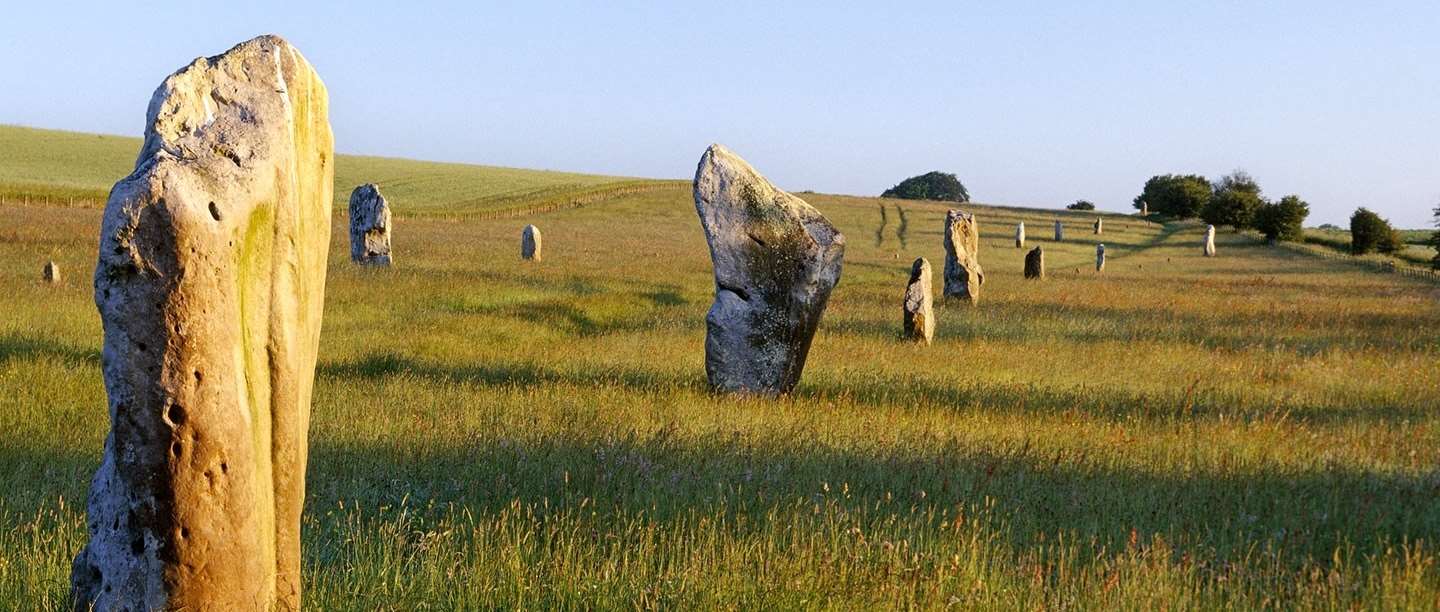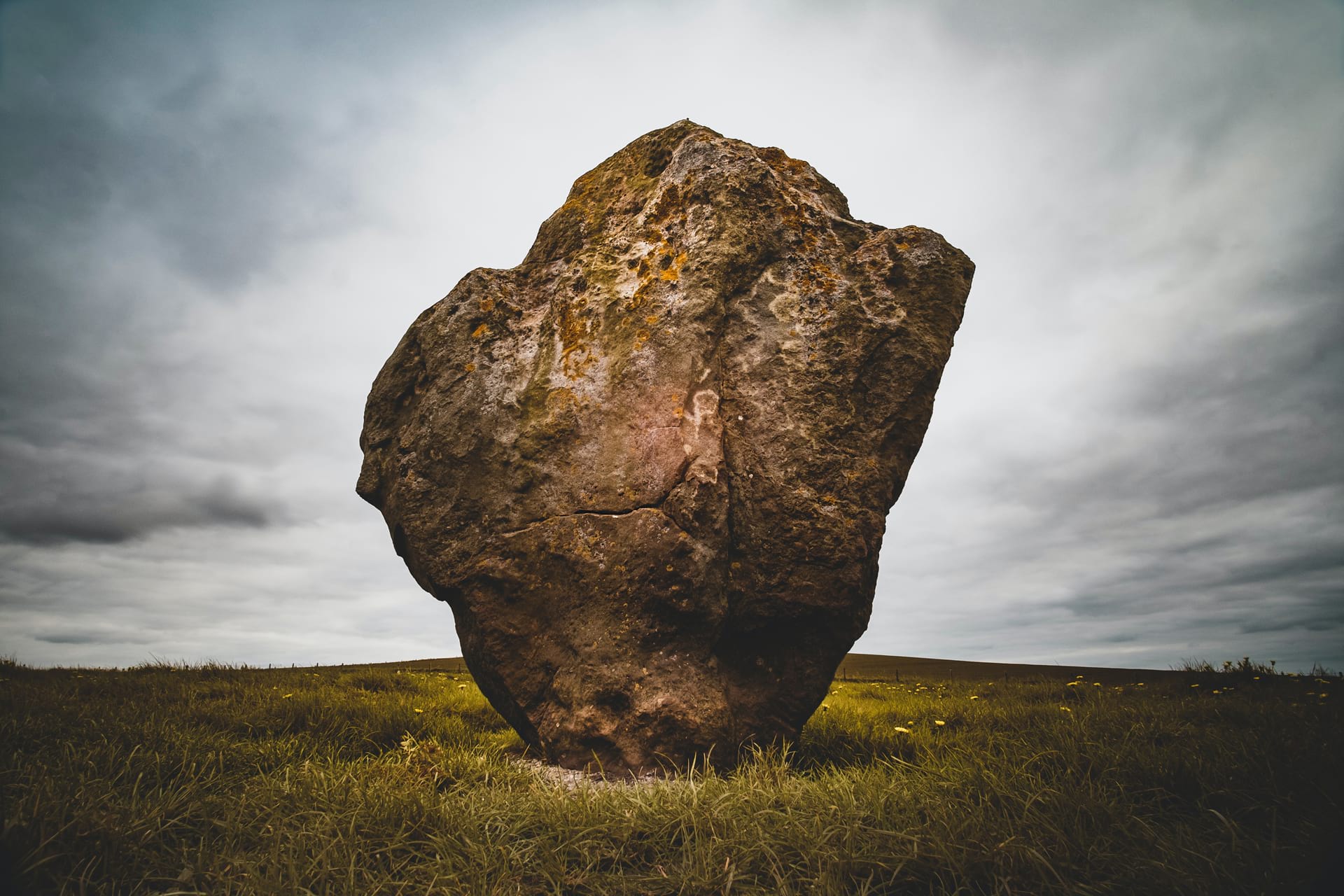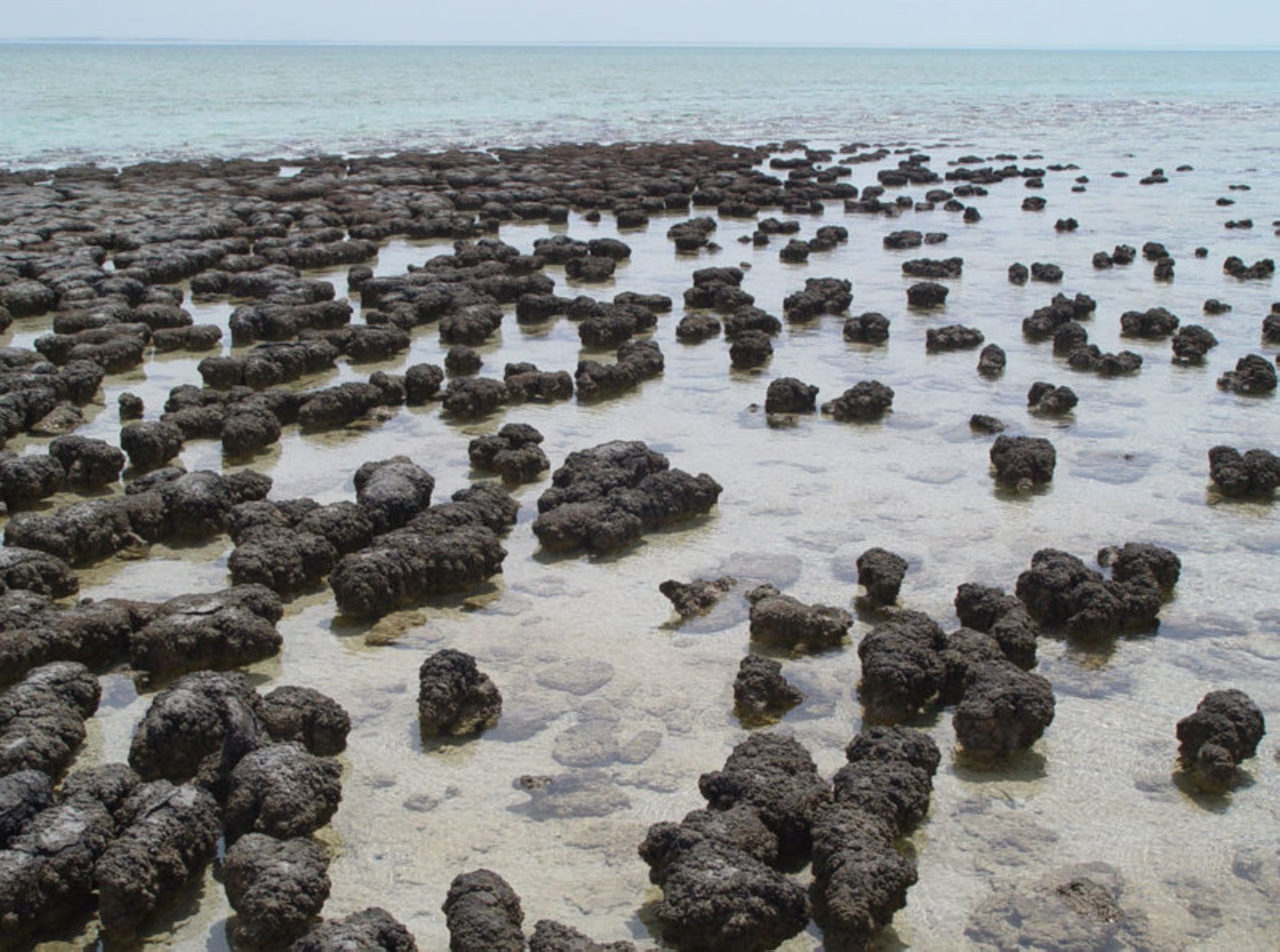Avebury Part 2/6 - The Stone Circle, in a nutshell.
In this article I paint a general picture of the Avebury Stone Circle.
First meeting.
Avebury is a village in Great Britain in the English county of Wiltshire. It is located 2 km north of the road from London to Bath. There are about 500 inhabitants.
The village is known because it is partly located in The Ring of Avebury, the largest so-called Henge in England. The cute village is surrounded by an area of eleven hectares full of stones and earthen ramparts dating from around 2500 BC.
For most visitors, Avebury is the village in the circle. And that’s okay. But in fact, that circle is part of a big site. I will pay extensive attention to that site in the fourth part.
Construction.
The construction of the stone circle began around 2600 BC, so it was finished earlier than the stone circle at Stonehenge. The construction in Avebury is certainly easier to build and in Stonehenge at that time one had not yet come beyond a first wooden construction.
As with Stonehenge, a Henge was previously built at Avebury: a ring wall and ring moat. With a diameter of almost 400 m, this Henge is also the widest and most impressive in the whole country. The then man thus built a Causewayed Enclosure, an enclosed area to create spiritual experience.
The finds of bell cup pottery in ditches and pits associated with the stones probably make it likely that the stone circle was finished between 2500 and 2000 BC. The very first construction of the Henge is probably several centuries older and would have happened with wooden poles. This means that the complex was used and expanded over a period of about 1000 years.
Just the fact that the stones in Avebury are unprocessed makes it plausible that they are older than those of Stonehenge. Stonehenge’s is estimated to have been placed around 2000 BC. It was only then that people apparently knew the technique of machining stones.
Rounded may we say:
- For Avebury, this period belongs to the very last phase of the New Stone Age until about 2000 BC.
- For Stonehenge, this period belongs to the early stages of the Bronze Age from about 2000 BC.
Function.
The most likely is that the construction of Avebury is related to fertility, life and death:
- There is a lot of evidence that Avebury was often used for funeral ceremonies. The surroundingarea is bursting with round and elongated burial mounds. These could be reached via an access store.
- Along that entrance, male columnar stones and female triangular stones are deliberately placed together. Perhaps these highly sexually charged symbols suggest the link between fertility and death.

This photo can be seen on the English Heritage website. About 300 m of West Kennet Avenue has been restored.
- The celebration of the cycle of birth, life and death took up a key place in the thinking of neolithic man. For example, the Cove (see below) is considered a birthing chamber. The rituals of Avebury were therefore intended to bring happiness to the living and to give the dead new life.
Similar to Stonehenge that was probably built for the worship of the moon and the sun, some in the great circle are trying to situate a northeast axis that marks the solstice. That’s not very convincing. Perhaps this applies to the two smaller enclosed circles (the northern circle or sun circle and the southern circle or lunar circle), but they have barely survived the advancing civilization and there is no hard evidence.
People.
The people who lived then were descendants of the bell cup people. They were farmers who came from the mainland. This is certainly about homo sapiens sapiens at the end of the New Stone Age. I will come back to this population in detail in my blog about Stonehenge. These bell cups stayed in Windmill Hill, a Neolithic settlement 2 km north of Avebury (see part four).
Those people then lived in an organized society:
- Agriculture ensured the food supply and freed up time.
- Leading figures could persuade a crowd to work together, something we still excel at.
Transport.
It is very clear how these huge stones were transported and then put upright. All are from the nearby Marlborough Downs. From that same area come also the imposing stones of Stonehenge. The megaliths of Avebury and Stonehenge are called Sarsens:
- The people had sufficient knowledge and it is likely that they used wooden rollers to transport the stones. Hundreds of people and dozens of oxen were present. They have undoubtedly followed a route with as few steep slopes and dangerous descents as possible. Such a route can be found at that 20 km distance.
- It can also not be ruled out that part of the route was done by water. The River Kennet offered that opportunity. The knowledge to build a raft was certainly available.
Once the stones were at their destination, they were placed in a deep hole using wooden rollers, ropes and levers. Around the base of the stones, lime and earth were rammed to hold them in place.
It may take about 10 years to finally put one stone in place and 600 people had to work together. I will come back to this transport extensively in my blog about Stonehenge.






Comments